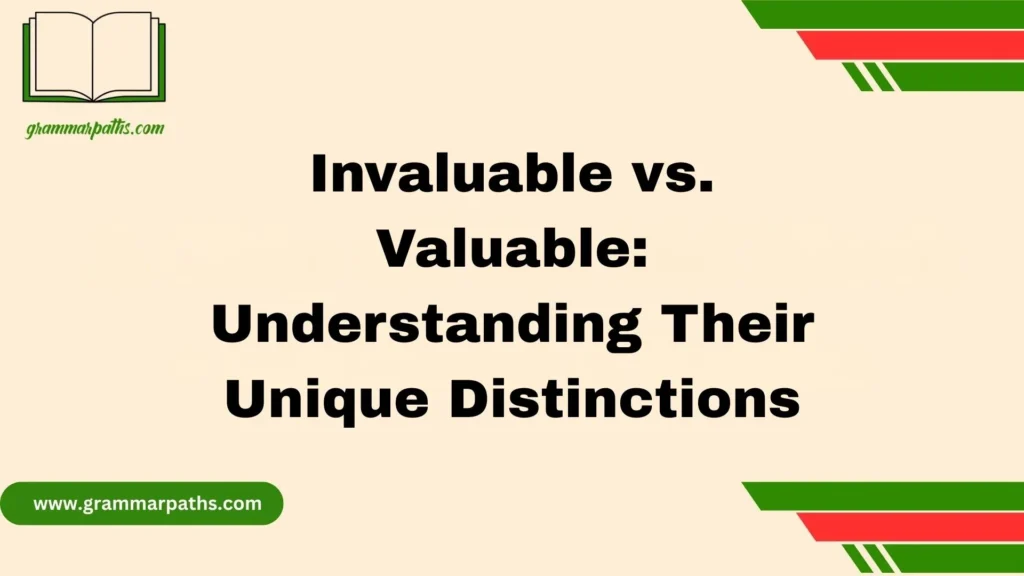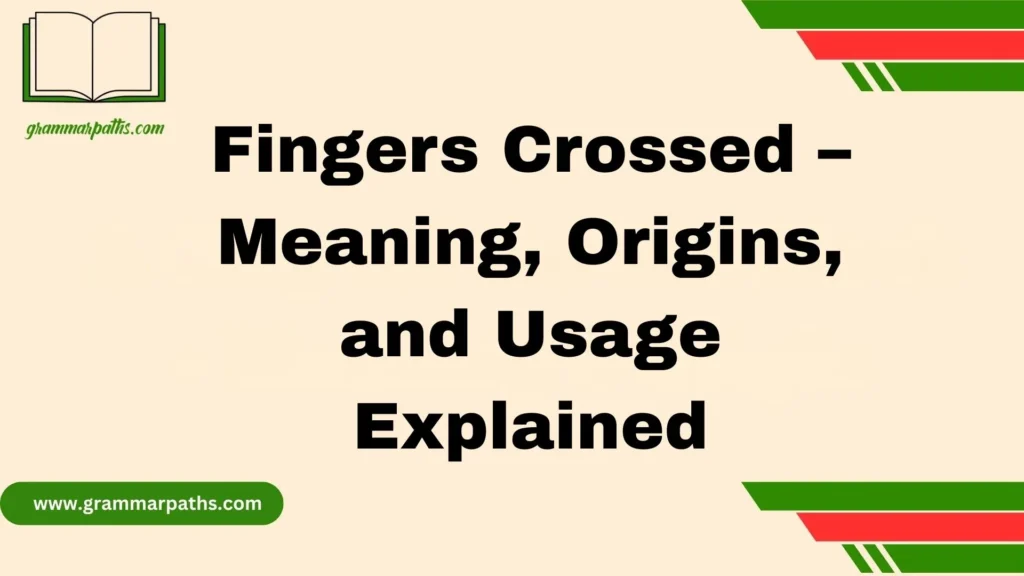When I first started mentoring a student who kept mixing up sais and says, I realized just how puzzling these spellings can be for someone learning English. The word sais simply does not exist in standard English, yet I’ve seen it typed in job applications, essays, and even casual chats. This common mistake often shows up when people are writing quickly or when autocorrect creeps in. The correct form is always says, a verb used in the third person singular present tense when talking about he, she, or it—for example, “she says hello.” While it might feel trivial, using the wrong version can create a huge difference in how your skills are perceived, especially when submitting a resume or other formal documents where even a small error sends signals that really matter.
Over time, I’ve reviewed countless writing samples, mentored students, and even walked them through guides that explained the context of usage. In real-world situations, choosing the right one means knowing how it’s spelled, pronounced, and used. I once had a session where everything just clicked—the student learned to avoid this trap by paying attention to detail, spotting typing habits, and understanding the rules that indicate proper tense. The experience built their confidence and helped them truly understand why sais is a non-standard, confusing outlier, while says is the good, correct choice that expresses meaning verbally and clearly.
Why Do People Get “Sais” and “Says” Mixed Up?
Imagine texting your friend: “He sais he’ll be late” — and getting a correction right away. What happened? Why does “sais” sneak into everyday English, especially online?
First off, “sais” is not an English word. It’s a French word meaning “know” (from the verb savoir). Because French and English share some vocabulary roots, especially in the U.S. where many people learn both languages, the mix-up happens naturally.
Besides that, phonetics play a big role. “Says” is pronounced as “sez,” not “sayz.” People often spell words the way they sound, which causes confusion. Plus, smartphone keyboards and autocorrect can lead to unexpected typos, turning “says” into “sais.”
This confusion matters because correct spelling shows professionalism and clarity. Using “sais” instead of “says” in emails, school papers, or social media can make you look careless or less credible.
Understanding the Difference Between “Sais” and “Says”
To clear things up, let’s compare the two words directly.
| Word | Language | Meaning | Usage in English |
| Says | English | Present tense of the verb “say” | Correct spelling; used in conversation and writing |
| Sais | French | First/second person singular of “to know” (Je sais = I know) | Not an English word; sometimes appears due to French influence or misspelling |
| Sais | N/A | Also a surname or proper noun | Rarely used in English except as a name |
What does “says” mean?
“Says” is the third-person singular present tense form of the verb “say.” It’s used when talking about what someone speaks or expresses. For example:
- “She says she will arrive at 5 PM.”
- “The sign says ‘No parking.’”
What about “sais”?
While “sais” exists in French, it has no place in standard English writing outside of names or very specific contexts. If you’re writing in English, avoid using “sais” as a substitute for “says.”
The Correct Spelling and Pronunciation of “Says” in American English
A tricky fact about “says” is how it’s spelled versus how it’s pronounced. You’d expect it to rhyme with “says” like “days,” but it doesn’t.
The word “says” is spelled s-a-y-s but pronounced /sɛz/ (sounds like “sez”). This pronunciation evolved over centuries and doesn’t follow the usual English pronunciation rules.
Why? Because English borrows words from many languages and pronunciation shifts happen over time.
| Aspect | Details |
| Spelling | Says |
| Pronunciation (IPA) | /sɛz/ |
| Sounds like | “Sez” |
| Common mistake | Pronouncing it as “sayz” |
Even native speakers occasionally get confused. But remember, the pronunciation is “sez” even though it looks like “says.”
How to Use “Says” in Sentences (With Examples)
Using “says” correctly is mostly about matching it with the subject and placing it properly in reported speech.
Subject-Verb Agreement
Since “says” is the third-person singular form, use it with these subjects:
- He
- She
- It
- A singular noun (e.g., The teacher, My mom)
For example:
- He says the movie starts at 7 PM.
- The sign says “Welcome.”
- She says she’s tired.
Examples of “Says” in Different Sentence Types
| Sentence Type | Example |
| Statement | He says he will join us later. |
| Question | What does she say about the plan? |
| Reported Speech | John says he loves this restaurant. |
Difference Between “Say” and “Says”
- Use say with “I,” “you,” “we,” and “they.”
- Use says with “he,” “she,” “it,” or singular nouns.
For example:
- I say it’s a great idea.
- She says it’s too late.
Common Mistakes and Misuses of “Says” (With Corrections)
It’s easy to slip up on “says,” especially in fast typing or casual writing.
Typical Errors
- Writing “sais” instead of “says.”
- Saying “sayz” aloud instead of “sez.”
- Confusing say and says in sentence construction.
Why These Mistakes Happen
- Auto-correct on phones or computers may guess wrong.
- Non-native English speakers may transfer French spelling rules.
- Lack of attention to subject-verb agreement.
Correcting Mistakes: Examples
| Incorrect | Correct | Explanation |
| He sais hello. | He says hello. | “Sais” is wrong in English |
| She say it’s fine. | She says it’s fine. | Use “says” for third-person singular |
| The sign say stop. | The sign says stop. | “Sign” is singular, so use “says” |
Tricks and Memory Aids to Remember the Correct Spelling of “Says”
Here are some helpful tips to keep “says” straight in your mind:
- Mnemonic: “He always says what he means.”
- Visual Trick: Imagine the “y” in says as the mouth saying the word.
- Sound Reminder: Remember it sounds like “sez” even though it’s spelled “says.”
- Practice: Write short sentences using “says” out loud every day for a week.
If you want, print out a small reference card with these tips and keep it handy near your computer or phone.
Real-World Application of “Says” in Writing and Speech
Seeing how “says” appears in real contexts can help you grasp its importance.
Examples from Media
- News headline: “President says new policy will boost economy.” (CNN, 2024)
- Social media post: “My teacher always says to double-check your work.”
- Book excerpt: “He says nothing but looks thoughtful.”
Why Spelling Matters
Using correct spelling in emails, resumes, or social media shows you care about details. According to a 2023 survey by Grammarly, 72% of employers consider spelling errors a sign of carelessness.
Getting “says” right isn’t just grammar—it’s part of building trust.
Practice Section – Test Yourself
Ready to sharpen your skills? Try these exercises:
Fill in the blanks
- She ___ the truth every time.
- The sign ___ “No trespassing.”
- He always ___ what he thinks.
Multiple Choice
Choose the correct word:
- He ___ (sais / says) he’ll call you later.
- The book ___ (say / says) it’s a bestseller.
- She ___ (say / says) she likes pizza.
Conclusion
In everyday writing and speaking, it’s crucial to use the correct form of words to make a good impression. The spellings of sais and says can be puzzling, but only says is correct in English as the third person singular present tense verb for he, she, or it. Mixing them up is a common mistake, but once you understand the usage and pay attention to detail, you can avoid this trap. Using says properly in formal documents, job applications, or casual chats helps your message come across clearly and confidently.
FAQs
Q: Is “sais” a correct spelling in English?
A: No, sais does not exist in standard English and is considered a misspelling.
Q: When should I use “says”?
A: Use says as the third person singular present tense verb for he, she, or it when talking or writing.
Q: Why is it important to use the right form, “says”?
A: Using the correct form like says prevents confusion, sends the right signals, and helps maintain a professional tone in formal documents and conversations.
Q: Can autocorrect cause me to type “sais” instead of “says”?
A: Yes, sometimes autocorrect or typing habits can lead to this common mistake, so it’s important to pay attention when writing.
Q: Does “says” express tense verbally?
A: Yes, says is used to express the present tense verb form in spoken and written English.
Additional Resources
- Merriam-Webster Dictionary: Says
- Grammarly Blog: Common English Mistakes

Emma Brooke is a passionate language expert and contributor at GrammarPaths.com, where she helps learners navigate the complexities of English grammar, idioms, and effective writing. With a strong academic background and years of teaching experience, Emma excels at turning tricky grammar rules into simple, practical lessons that readers can easily grasp.












